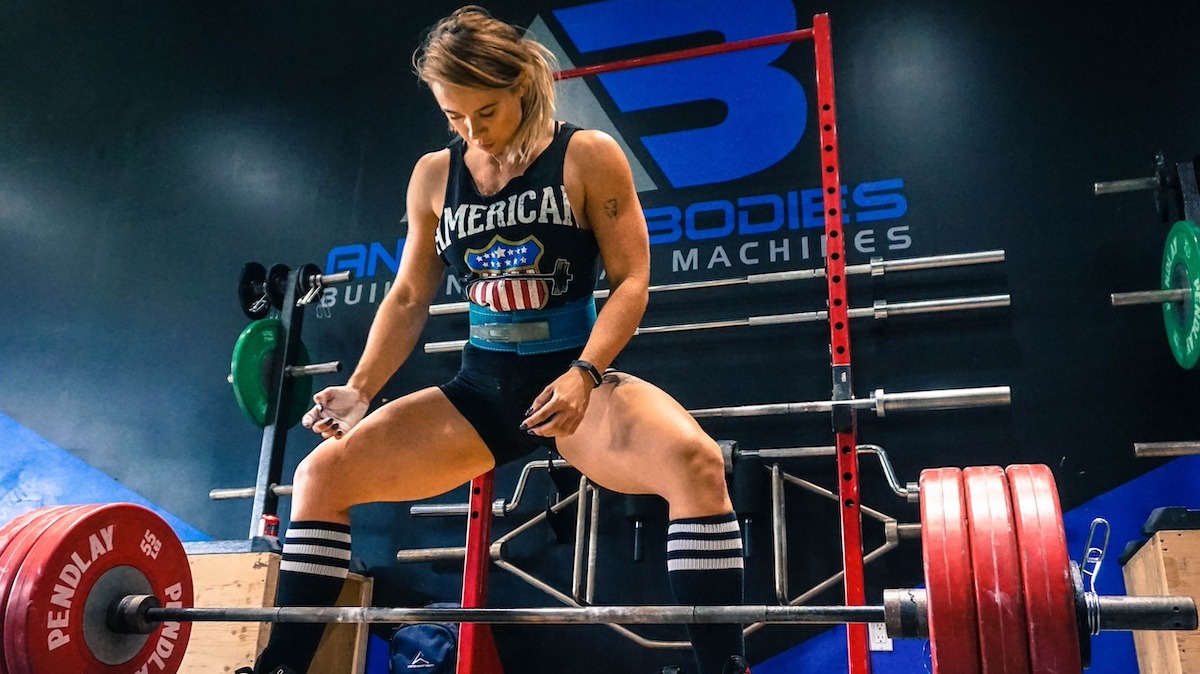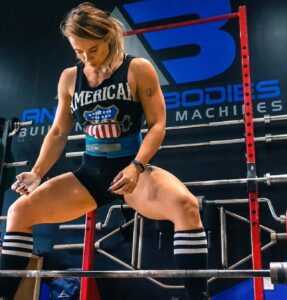Introduction
Rugby, with its intense physicality and grueling demands, is not for the faint of heart. It requires players to be robust, agile, and powerful. While the sport demands strength from head to toe, one muscle group stands out as the unsung hero – the quadriceps. In this comprehensive guide, we will delve into the importance of quadriceps in rugby and provide you with actionable tips to improve them.
The Quadriceps: An Overview
The quadriceps, often referred to as quads, are a group of four muscles located at the front of your thigh. These muscles play a crucial role in various movements, making them indispensable in rugby:
- Rectus Femoris: This muscle is the only one of the four that crosses both the hip and knee joints. It helps in extending the knee and flexing the hip.
- Vastus Lateralis: Situated on the outer side of the thigh, it aids in the extension of the knee and provides stability to the patella (kneecap).
- Vastus Medialis: Found on the inner side of the thigh, this muscle is vital for knee extension and contributes to overall knee stability.
- Vastus Intermedius: Deep within the thigh, this muscle assists in knee extension and is crucial for maintaining balance.

Now that we have a basic understanding of the quadriceps, let’s explore why they are pivotal in rugby.
The Importance of Quadriceps in Rugby
1. Sprinting and Acceleration
Rugby is a game of bursts and sprints. Whether you’re a winger chasing the ball or a forward charging into a scrum, explosive speed can make all the difference. Your quadriceps are responsible for generating the power needed to accelerate rapidly, helping you outpace opponents and create scoring opportunities.
2. Tackling and Defensive Play
Effective tackling is a cornerstone of rugby defense. Your ability to stop an opponent in their tracks relies heavily on your quadriceps’ strength and endurance. These muscles provide the stability and force necessary to execute tackles with precision, preventing the opposition from gaining ground.
3. Scrum Dominance
The scrum is one of rugby’s most iconic and physically demanding aspects. As a forward, your role in the scrum is critical to gaining possession of the ball. Strong quadriceps are essential for driving the scrum forward, overpowering your opponents, and securing the ball for your team.

4. Kicking Precision
In rugby, precision kicks are game-changers. Whether it’s a place kick, drop goal, or a tactical punt, your quadriceps are responsible for providing the necessary accuracy and power. A well-trained quadriceps muscle group ensures consistent and reliable kicking performance.
5. Endurance for Full Matches
Rugby matches can be grueling, often lasting 80 minutes or more. The quadriceps play a critical role in maintaining your stamina throughout the game. Strong quads help you endure the constant running, sprinting, and tackling that rugby demands, allowing you to perform at your peak until the final whistle.
Enhancing Your Quadriceps: Training Tips
Now that we’ve established the importance of quadriceps in rugby, it’s time to explore how you can improve them. Incorporating these training strategies into your routine will help you unlock your full potential on the rugby field.
1. Squats: The King of Quadriceps Exercises
Squatting is the ultimate exercise for strengthening your quadriceps. It targets all four muscles simultaneously, making it a staple in any rugby player’s training regimen.
To perform a squat:
- Stand with your feet shoulder-width apart.
- Keep your chest up and your back straight.
- Bend your knees and hips, lowering your body as if sitting back into a chair.
- Ensure your thighs are parallel to the ground or lower.
- Push through your heels to return to the starting position.
2. Lunges: Boosting Stability and Balance
Lunges are excellent for targeting each quadriceps muscle individually while also improving your balance and stability. They mimic many of the movements required in rugby, making them a valuable addition to your training routine.
To perform a lunge:
- Stand with your feet hip-width apart.
- Take a step forward with one leg and lower your body until both knees form 90-degree angles.
- Push back up to the starting position.
- Repeat with the other leg.
3. Leg Press: Isolating Quadriceps
The leg press machine allows you to isolate and target your quadriceps effectively. This exercise helps build strength in the muscles needed for sprinting, tackling, and scrummaging.

To perform a leg press:
- Sit in the leg press machine with your feet shoulder-width apart.
- Push the weight upward by extending your knees.
- Slowly lower the weight back down.
https://www.muscleandfitness.com/workouts/leg-exercises/12-leg-press-variations
4. Plyometric Exercises: Enhancing Explosiveness
Plyometric exercises, such as box jumps and squat jumps, are crucial for developing explosive power in your quadriceps. These exercises mimic the rapid movements required during rugby matches and help improve your acceleration and tackling abilities.
To perform box jumps:
- Stand in front of a sturdy box or platform.
- Bend your knees and jump onto the box, landing softly with your knees slightly bent.
- Step back down and repeat.
5. Mobility and Stretching
Don’t neglect the importance of mobility and stretching exercises. A flexible and supple quadriceps muscle group is less prone to injury and performs better under duress. Incorporate stretches like quad stretches and foam rolling into your warm-up and cool-down routines.
Nutrition: Fueling Your Quadriceps
Training alone won’t suffice; proper nutrition is essential to fuel your quadriceps’ growth and recovery. Here are some nutritional guidelines to consider:
1. Protein-Rich Diet
Protein is the building block of muscle. Ensure you consume an adequate amount of lean protein sources like chicken, fish, lean beef, and plant-based options like tofu and legumes.
2. Carbohydrates for Energy
Carbohydrates provide the energy necessary for intense rugby training and matches. Opt for complex carbs like whole grains, fruits, and vegetables to sustain your energy levels.
3. Hydration
Dehydration can hinder your performance and muscle recovery. Stay well-hydrated by drinking plenty of water before, during, and after training and matches.
4. Supplements
Consider supplements like creatine and branched-chain amino acids (BCAAs) to support muscle growth and recovery. Consult a sports nutritionist or healthcare professional for personalized advice.
Recovery and Injury Prevention
In rugby, injuries can be a setback. To maintain the health of your quadriceps and reduce the risk of injuries, follow these guidelines:
1. Rest and Sleep
Adequate rest and sleep are crucial for muscle recovery and overall performance. Aim for 7-9 hours of quality sleep each night.
2. Active Recovery
Engage in light, low-impact activities like swimming or cycling on rest days to promote blood flow and recovery in your quadriceps.
3. Injury Rehabilitation
If you do experience a quadriceps injury, consult a physiotherapist or sports medicine specialist for proper rehabilitation and recovery strategies.
Conclusion
In rugby, your success on the field hinges on your ability to harness the power of your quadriceps. These muscles are instrumental in sprinting, tackling, scrummaging, and more. By incorporating targeted training, proper nutrition, and injury prevention strategies, you can elevate your rugby game to new heights.
Now, armed with this knowledge, it’s time to hit the gym, refine your diet, and prepare for the relentless challenges of rugby. Remember, your journey to rugby excellence begins with your quadriceps.
So, lace up your boots, train smart, and conquer the rugby field with the explosive power of your quadriceps.

